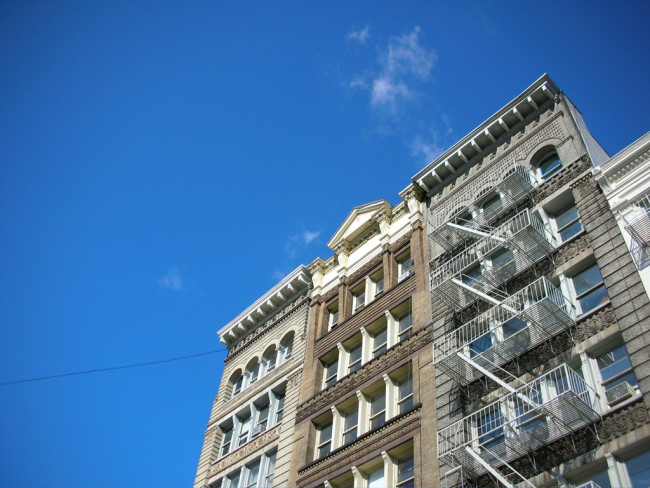Brick Underground’s best advice on rent-stabilized apartments in NYC

If your apartment was illegally de-stabilized, your landlord could owe you big-time.
iStock
There are nearly one million rent-stabilized apartments in New York City. The system of rent regulation can be tricky to navigate, and renters often don't know where to begin, or even that it's something they should look into. Making matters worse, some landlords don’t follow the rules, hiding their buildings' status in order to charge illegal, market-rate rents. For tenants, it pays to know what the guidelines are and how to stick up for yourself.
To get up to speed, check out our collection of stories on how to find out if your apartment is rent-stabilized and what your rights are as a rent-stabilized tenant.
Determine your status
It’s not uncommon for tenants to be paying market-rate rents that should be stabilized. Not sure if your building is rent-stabilized? It’s a good idea to check your building’s status, and get your apartment's rent history. This could shed light on whether there might be something off about your landlord's representations of what the rent should be.
What do you do if you think your apartment should be rent-stabilized, or you think you're being charged the wrong rent? Here are some steps you should take and how much your landlord may owe you.
Know your eviction rights
Tenants of rent-stabilized apartments can only be kicked out under specific circumstances, unlike market-rate tenants, whose leases landlords can simply decline to renew. Here are the rules for evicting rent-stabilize tenants in NYC.
Taking a buyout
You can net some serious cash when a landlord offers to buy you out of your rent-stabilized apartment to move in a higher-paying tenant. You also have a right to say no. These are the rules surrounding this transaction and how to name your price.
Who's tracking you?
Did the landlord of your rent-stabilized building change the lock on your front door to an electronic key fob system? Sure, it’s annoying to go have to pick up a new key, but what you may not know is that key fob systems can be used to track your comings and goings.
Follow this court case
If the case of Altman v. 285 West Fourth LLC is upheld by the state's Court of Appeals, it could change the rules for deregulating rent-stabilized apartments, which would be great news for thousands of tenants paying market-rate rents. Here’s an overview of the Altman case and what's at stake.
A historical perspective
How did the city and state arrive at the current system of rent stabilization? Here are 4 major milestones that led to the rent-stabilization laws we have today
A personal tale
Because rent-stabilized apartments are typically cheaper than their unregulated counterparts, people tend to stay in them for the long haul, and as a result, they're harder to come by. Finding one involves persistence and knowhow, but it's certainly worthwhile to a lot of New York renters who are just scraping by. In a yarn that involves a lot of doorbells and dead ends, and a surprising epilogue, one New Yorker explains how she found her rent-stabilized apartment.
You Might Also Like





























